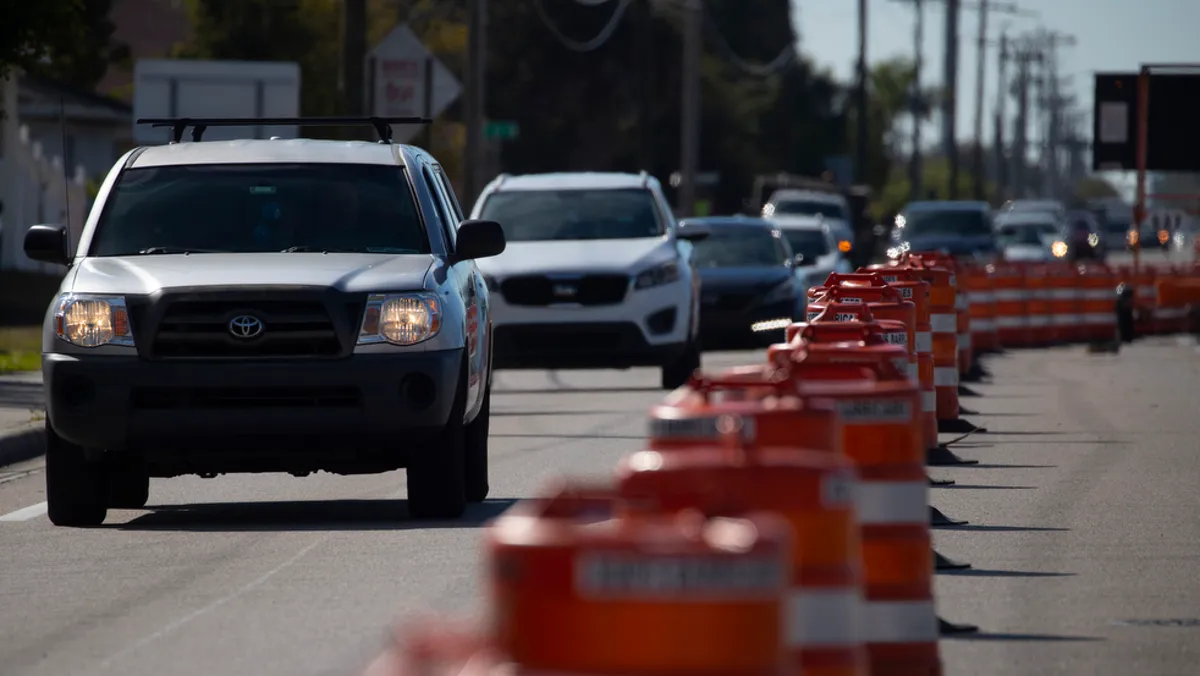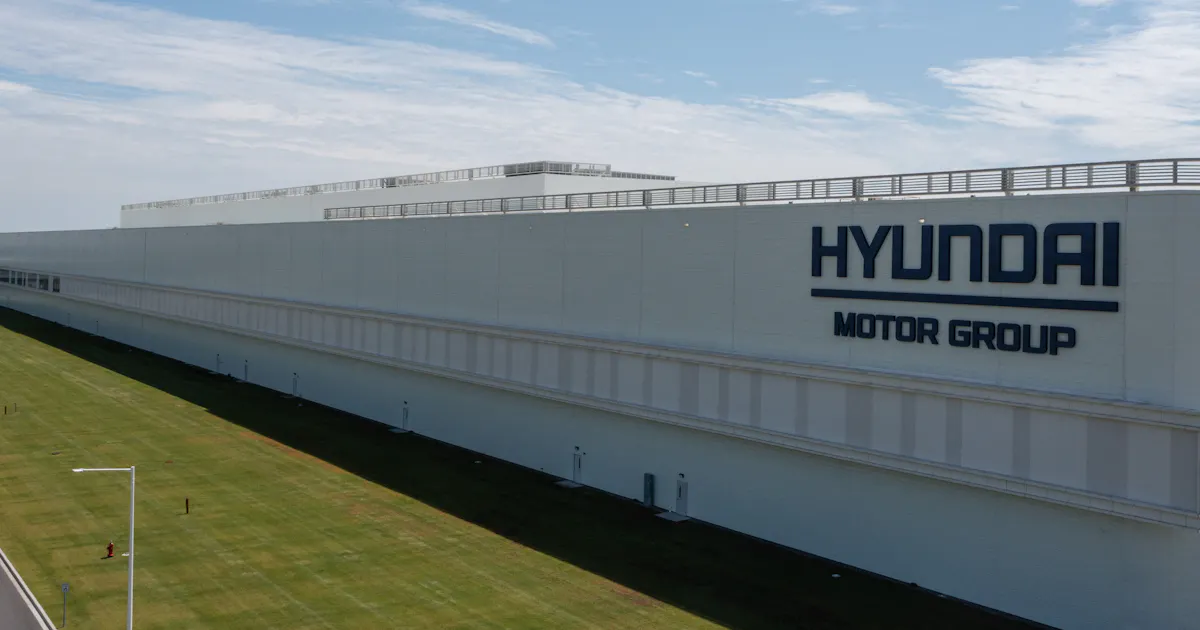
The Cape Coral City Council is reconsidering an increase in transportation impact fees, now called mobility fees.
Without the fee increase, existing residents may have to cover costs for new development.
The city’s population is projected to grow to nearly 300,000 by 2045, further straining infrastructure.
The Cape Coral City Council is going to give it another shot at transporation impact fees at a Wednesday Sept. 17 meeting.
It fell short after the Labor Day weekend of getting the six votes required to increase them, which would become known as mobility fees and give the city the ability to use it on other elements beyond roads, such as sidewalks and bike paths.
Here’s what to know.
Do residents pay for newcomers?
After a session at the beginning of the month, it looked like Cape Coral was going to keep its two-decade streak alive of growth not paying for itself. Leaders said they face an Oct. 1 deadline, thanks to another state law encroaching on the rights of municipalities to have flexibility to address the local issues of their own communities, neighborhoods and townspeople.
Then last week, a $2 billion reality set in, and it now looks like the council may take one or two more shots this month during gatherings to prevent its overloaded infrastructure from crumbling as development rapidly fills in the remaining slots of the city.
What does Taylor Swift have to do with Cape Coral’s history?
Cape Coral isn’t alone, as governments in Collier and Lee counties since last century have seldom significantly touched impact or mobility fees largely assessed on new residential or commercial development. The concept with the original idea way back in the day was new growth should pay for the increased traffic and the other ramifications caused in part by the newbies so that existing residents aren’t footing their bill.
It’s just that when you’re the biggest city in Southwest Florida at easily more than 225,000 residents, it’s magnified, especially when you’ve not moved on impact fees much since Taylor Swift had her first hit, George W. Bush was president and TV debuted “30 Rock”, “Friday Night Lights” and “Ugly Betty”. Heck, Twitter didn’t exist yet, nor did last year’s high school seniors.
How many billions does Cape need for roads & related expenses?
As smoke lingered from the meeting earlier this month into last week, it was beginning to look more and more like this: Current citizens, on top of all the taxes they already face, were going to have to then pay for a major part of the $2 billion needed the next 20 to 25 years to take care of costs tied greatly to their future neighbors.
And you know your city might be in trouble, and it’s rarefied earth, when it’s a developer trying to rally the troops to significantly boost impact fees affecting his own industry. He is trying to ensure a better future for his town than what is now projected, based on data that was circulating around City Hall this past week. The Cape collects less than $3,800 per permit, which is off by an average of more than $10,000 for each one, if not more, city officials said.
What does Councilman Bill Steinke say about road impact fees?
“I’m in the building business,” Councilman Bill Steinke said. “I don’t want to raise prices any more than we already have them. I’m a Realtor. I don’t want things to be any more expensive than they already are. I want affordable housing. I want all those things.
“But I also want safe intersections and I want people to get through our city, you know, in a manner in which that they should. And that costs money. What is this going to take per building permit to make this happen?
“That number came back at 14 grand-ish. Fourteen grand. (Who) pays the other $10,300? And the answer is the other citizens that are already in homes that either already paid their impact fee or bought a home that included the cost of the impact fee because it was a resale. (But) I don’t know if the existing residents understand that the real cost is $14,000. And if only $3,700 of it is paid because of that new building permit, then the other 10 grand — it’s got to come from somewhere.”
What is Cape Coral basing its $2 billion bill on in the future?
Council members, such as Rachel Kaduk, question expenditures for items, such as medians, and some developers wonder, for example, about the necessity of a ferry system in plans to ease congestion in a city of more than 400 miles of navigable waterways, No. 1 in the world. The cost of the latter represents a speck of the overall forecasted spending, city officials say.
These future needs are based in part on expected population 20 years from now, City Manager Michael Ilczyszyn said, noting that even if the city cut projected $2 billion spending in half, it still would need to look at other supplementary funds.
How many residents are expected in Cape Coral, Florida by 2045?
“In 2045, we will have just shy of 300,000 people living in our city,” said Ilczyszyn, illustrating the gravity of the circumstances handed down the past two decades to this council. “If every single building lot in the city built out tomorrow at the full fee of $14,000, we would only collect $600 million. That’s not even enough to cover roadways and intersections.
“The biggest component of this plan is roadways and intersections. (If) it’s still a $1 billion plan, and even if we charge the $14,000 that was originally calculated, if every lot built tomorrow we wouldn’t generate enough.”
Is council ‘willing to saddle residents’ with part of $2 billion bill?
“We got to do something about infrastructure,” said Steinke, director of sales and business development for Aubuchon Homes and former president of the Royal Palm Coast Realtor Association. “All the infrastructure requires investment, (and) are all the other residents of Cape Coral willing to have their ad valorem tax or whatever revenue source — are they willing to pay the bill to make up for what the new building permits are not having to pay for?
“If we’re willing to saddle the existing residents with general fund creation to make up the difference between what the actual cost of it is versus what we collect through the new mobility fee, then that’s fine. But let’s let the current residents know that that’s the deal. (If) we don’t get the money here, we are going to have to get it from somewhere if in fact we want to fulfill the promise of providing infrastructure that we need and providing the public safety that we need.”
What may happen if mobility fees aren’t addressed in Cape Coral?
“When accidents happen, when people can’t get through intersections — if we didn’t grow at all then people would just have to, you know, check the box and say I’m willing to deal with traffic the way it is right now,” Steinke said. “We don’t need any intersection enhancements. We don’t need any road widening, any turn lanes, any extensions. We don’t need any of that. We’ll just live with it the way it is. But (that’s if there’s) never going to be another person here.
“It’s not just the fact that that home was just built. It’s the fact that now pizzas are being delivered there. Amazon is stopping there. All the other things that happen because that home was built creates a whole lot more traffic than just Mr. and Mrs. going to Publix to get groceries for the week. (We) are not collecting the amount of monies necessary, (and) every time we build a new house, we’ve got to get $10,000 from somebody else for what these are actually going to cost.”
How does math work in figuring out Cape Coral’s $2 billion need?
“That mobility plan was, ‘Where do we want to be 25 years from now, and what would it cost over that 25 years?” said Steinke, one of four on the council on the same page along with Keith Long, Joe Kilraine and Derrick Donnell. But they need two more votes for a fees hike to pass. “So you take that $2 billion — if that’s the number and full implementation based on it — and you divide it by the 25 years, you come up with $80 million a year. And you divide it by 5,500 building permits a year, you’ll come up with a $14,000 number.
“I don’t think it’s unrealistic — the components that are in it — when we look at where this city will be 25 years from now. And when we consider the dollar amounts that we’re dealing with, I don’t think they’re unreasonable dollar amounts to get us there. (We) have got to safely grow somehow to accommodate the number of people that are coming to our city over the next 25 years, (but) we’re failing to provide the funding necessary by burying our head in the sand.”
Cape Coral: We uncork plans on a new Cooper’s Hawk restaurant in Southwest Florida
How would median new construction home be affected by fees?
Under a plan of phasing in higher mobility fees through the end of the decade, Steinke noted that for the median new construction home of $355,000, it would raise prices by just 1.8% over four years.
“That would get us the infrastructure we need for those homes,” he said. “The effect that is on that house and what that house costs to produce — to go from the $355,000 to $361,150 — has a much lesser effect than not having the money we need for the infrastructure that we know we’re gonna need.”
Historic: As FMB attempts to move forward on new town hall, council members face recall
‘Unfinished business’ in Cape Coral could be addressed this week
By Thursday night, an agenda for the council’s 4 p.m. Sept. 17 confab was released, with the item placed for “reconsideration” under a section called “Unfinished Business.” If council members don’t finish their business, then in the near future they will be limited in how much they can raise fees with the new state law requiring a unanimous vote, city officials say.
Everyone agreeing on anything in Cape Coral hasn’t been on brand since its founding in 1957.



